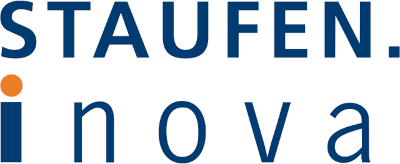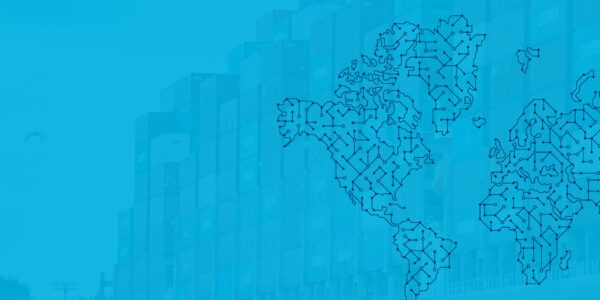
Businesses that are closely networked with their suppliers and partners benefit from the exchange and strengthen their future viability.
Thomas Spiess
Senior Partner, Staufen.Inova AG
Will global networks that can be successfully managed still exist at all in the future?
The number of partners involved in value creation has increased immensely across all levels. Networking and complexity will therefore continue to increase. These days, competition no longer takes place between individual companies, but between entire networks. Yet the events of the recent past have shown that the networks are more fragile than we thought.
Managing increasingly complex value chains is becoming an important competitive factor. Those who are victorious are those networks with sufficient and agile customer orientation. This is why Staufen has developed an approach for modern supply chain network management.
Staufen Supply Chain Network Management Framework
Central goal: make the entire network and the cooperation between the individual network partners more responsive, robust and efficient and thus improve the performance of the network.
In a world of increasingly intense pressures and threats, integrated supply chain network risk management is becoming much more important. This includes visibility and active monitoring of every kind of risk, for all levels of care, for all stakeholders, and all intersections of the network.
You can find all terms and explanations about our SCNM Framework in our SCNM Glossary.
Stabilizing the network requires cross-functional work in four dimensions
To meet these requirements, supply chain network management focuses on four key dimensions: operating model, network design, information system, and planning & control.
1. Operating Model
A supply chain network must be managed, controlled and strategically developed across the board..
2. Network Design
Deals with the configuration of all the different players along the value chain – end-to-end.
3. Planning & Control
Is essentially tasked with supporting all components in the network with the appropriate planning processes and establishing effective controlling..
4. Data & Digitalization
The IT systems as business enablers ensure efficiency and transparency in the network while managing digitalized processes, digital networking, and business intelligence.
The goals of a consistent supply chain network management
- Transparency on all network levels
- Increase of delivery performance
- Up-to-date data and data accessibility
- Alternative scenarios for critical areas and processes
- Implementation roadmap and prioritization of activity areas
- Monitoring and control system
YOUR EXPERTS FOR Supply Chain Network Management
We would be happy to support you in optimizing supply chain processes, structures or networks. Our international network of companies in Europe, Asia and America allows us to flexibly and quickly implement customer and market-specific tasks on a global scale.

Thomas Spiess
Senior PartnerSTAUFEN.INOVA AG
Thomas Spiess has diverse industry knowledge in the precision industry, luxury consumer goods, and textile and fashion sectors. In addition to many years of project management and leadership experience in the field of global supply chain management, Thomas Spiess also brings many years of experience from challenging global supply chain projects. Among other things, he was responsible for the conception and development of a European bonded warehouse with optimization of inbound and outbound transports, production relocations from Western to Eastern Europe and to Asia with an optimization of the production and sourcing network. Thanks to his extensive international leadership and facilitation experience, Thomas Spiess also achieves very good results with intercultural teams. Since the end of 2015, Thomas Spiess has been working as a consultant at Staufen.Inova AG.
Translated with www.DeepL.com/Translator (free version)









